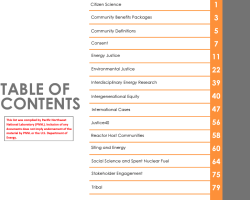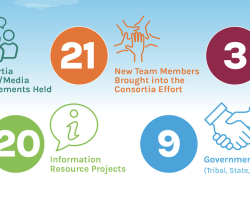Tribal Collaboration Initiative
Tribal Collaboration Initiative
The U.S. Department of Energy (DOE) has established a Tribal Collaboration Initiative (TCI) that will ensure federally recognized Tribes have direct and meaningful input into DOE’s consent-based siting (CBS) process for one or more federal consolidated interim storage facilities (CISFs). Establishing a TCI ensures federally recognized Tribal interests and concerns are directly communicated and accurately represented to DOE, as the agency continues developing the siting process.




















